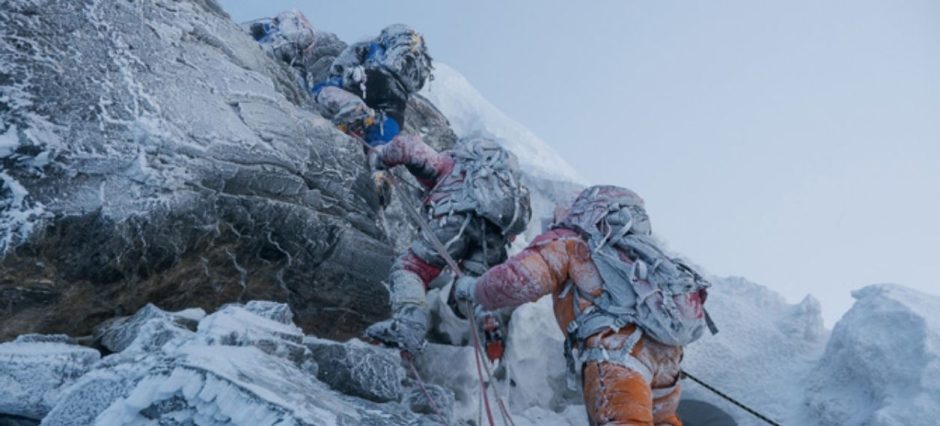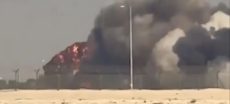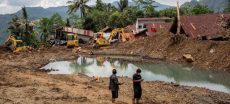A sudden and fierce blizzard has trapped hundreds of hikers on Everest’s eastern slope, with many battling hypothermia in extreme cold. Rescue teams are racing to reach them as the storm rages on.
According to Chinese state sources, at least one hiker has died, and over 200 people remain stranded on the Tibetan side of the mountain. Some reports suggest that nearly 1,000 climbers were affected before evacuation efforts began.
The snowstorm began late Friday evening and rapidly intensified through the weekend. It struck with little warning, turning familiar trekking routes into deadly terrain. Many survivors said they were overwhelmed by heavy snow, freezing winds, and nearly zero visibility. “I was lucky to get out,” one climber recalled, describing a harrowing escape from buried camps amid collapsing tents.
Rescue operations involve hundreds of locals and specialized teams working day and night. They are clearing snow from blocked trails and attempting to locate those still stuck. The altitude—over 4,900 meters (more than 16,000 feet)—is making the mission painfully hard. Thin air, rapidly changing weather, and deep snow all hinder progress.
Some hikers have been evacuated to nearby shelter towns like Qudang, where rescued climbers are being given medical care and hot food. Rescuers are also trying to reestablish communication with groups still isolated on the mountain.
This storm occurred during China’s “Golden Week,” a major holiday when tourist traffic in Tibetan regions tends to rise. Many trekkers and climbers had begun or planned expeditions, expecting favorable fall conditions. Instead, they found themselves caught in what many called “abnormal” October weather—an unseasonable and brutal snowstorm that few had predicted.
Experts warn that weather in the Himalayas can shift with little warning. Even experienced climbers are vulnerable to sudden storms, especially high above base camp. Rescue teams say the scale of this event is among the most severe in recent years.
While Everest rescue teams fight harsh weather, other global stories of resilience and achievement are also making headlines. Recently, the 2025 Nobel Prize in Medicine was awarded to U.S. and Japanese scientists for groundbreaking work on the immune system. Read more here.
For now, all eyes remain on Tibet, where rescuers are racing against time to bring stranded hikers to safety before worsening conditions make the mission even more dangerous.











